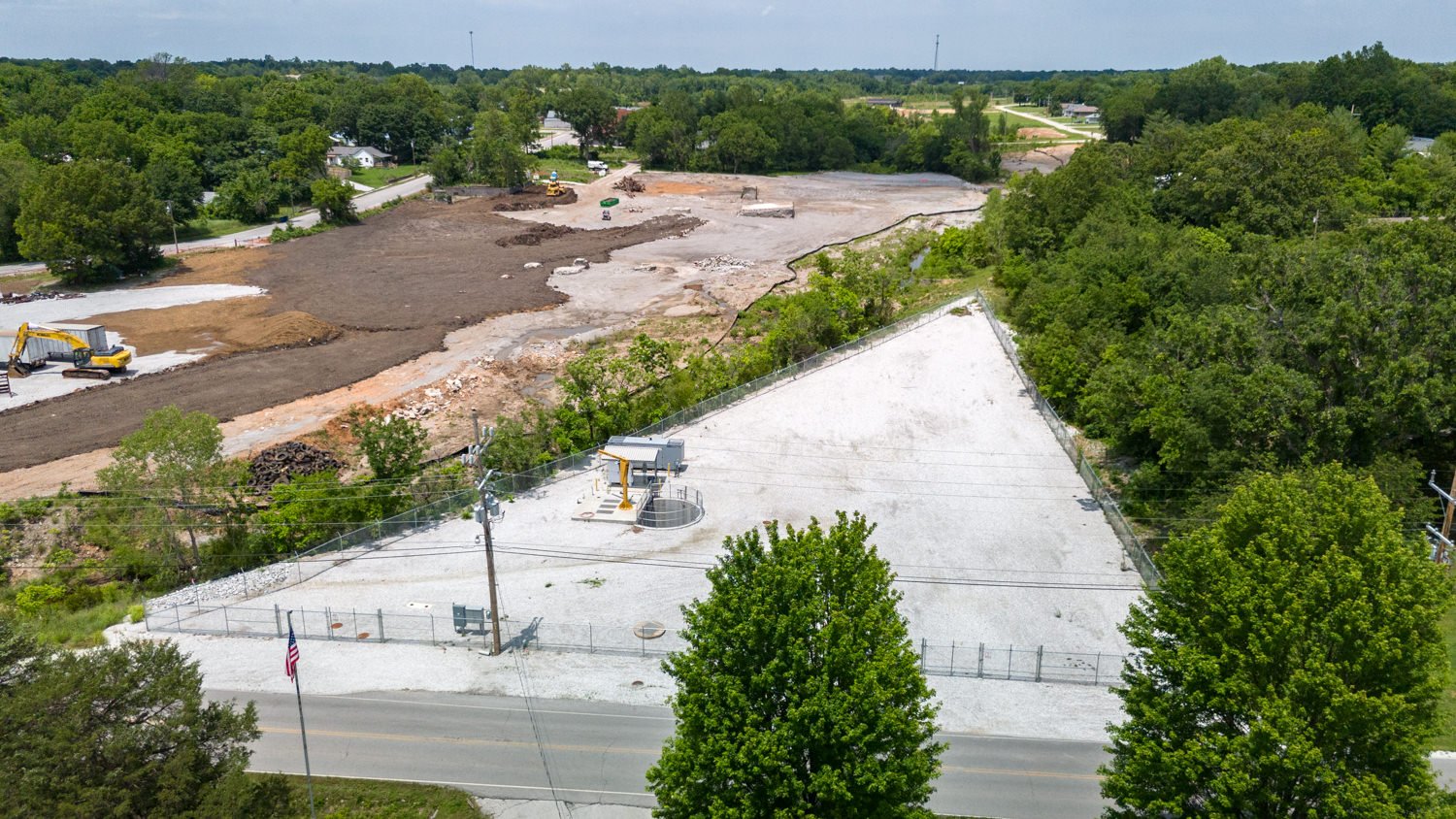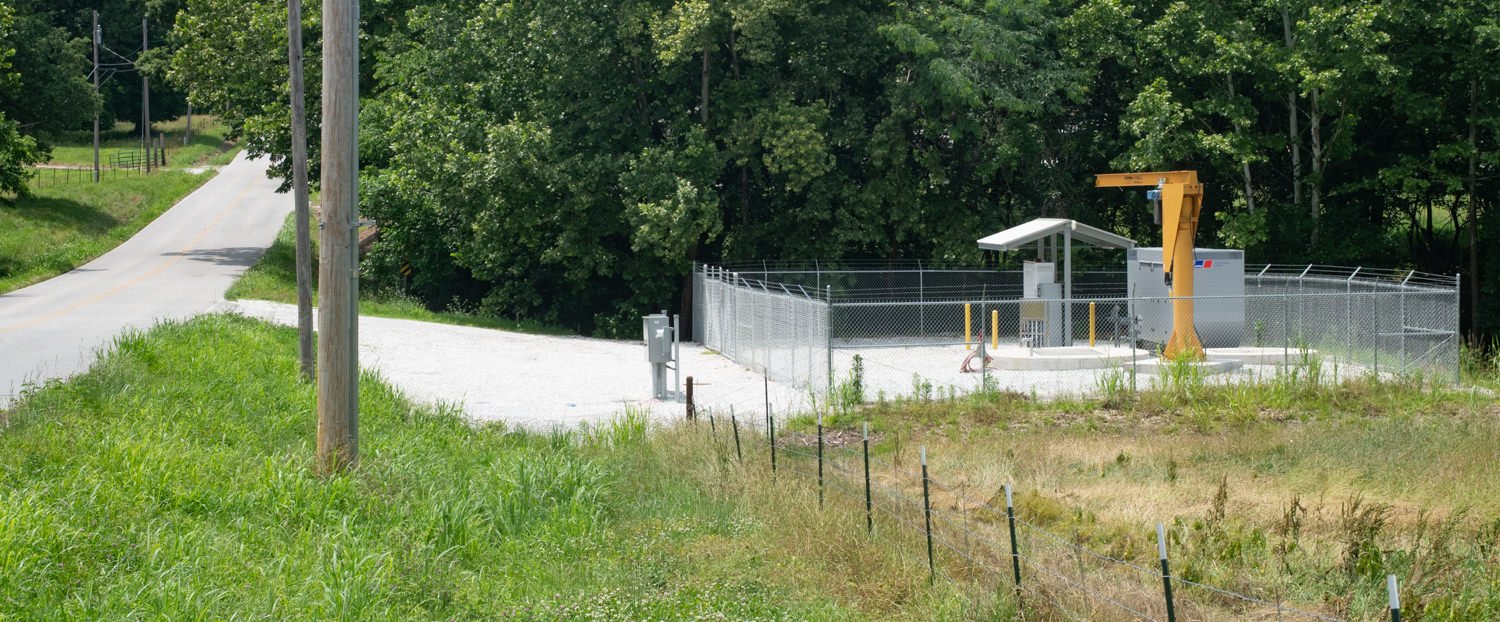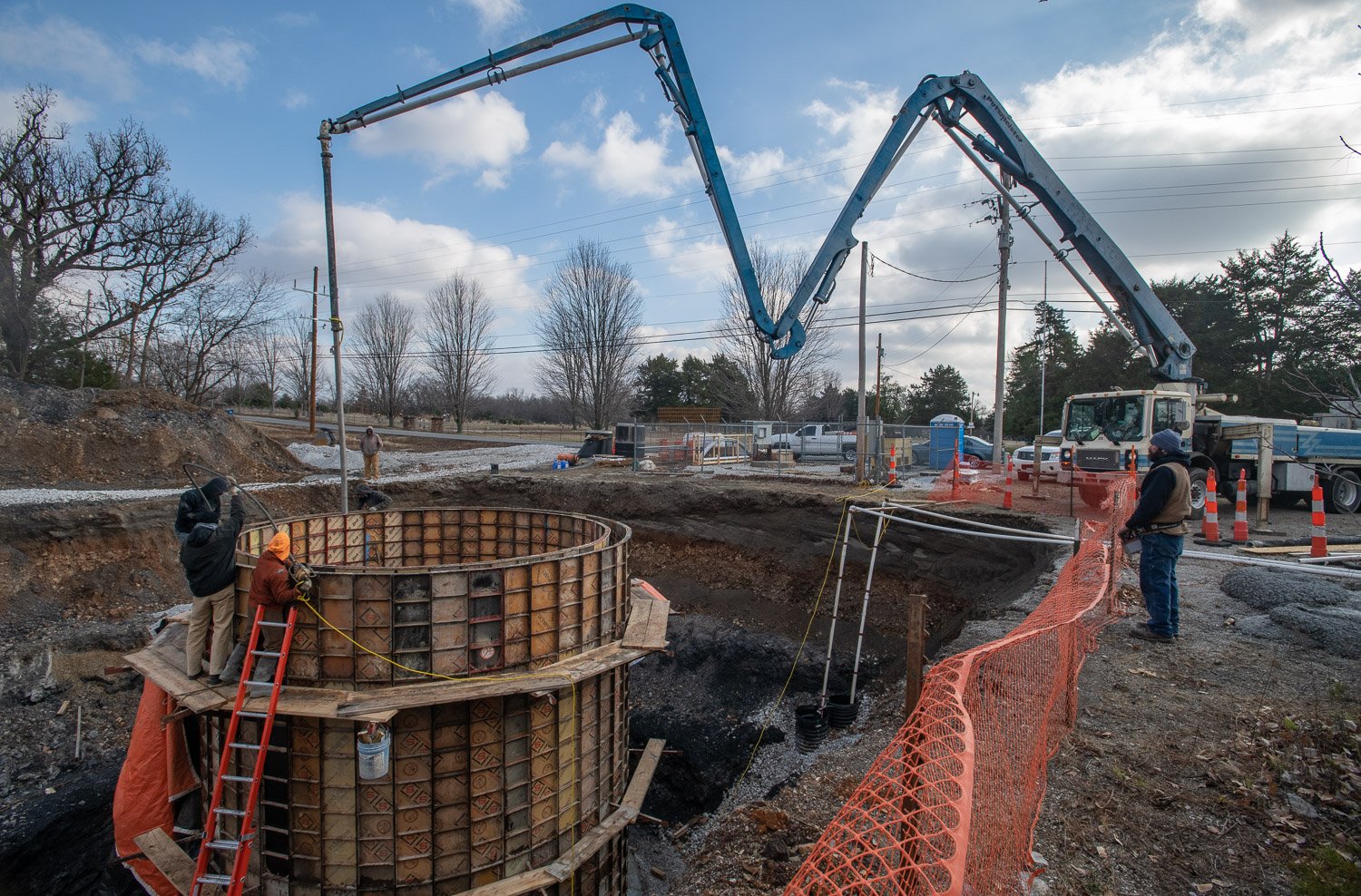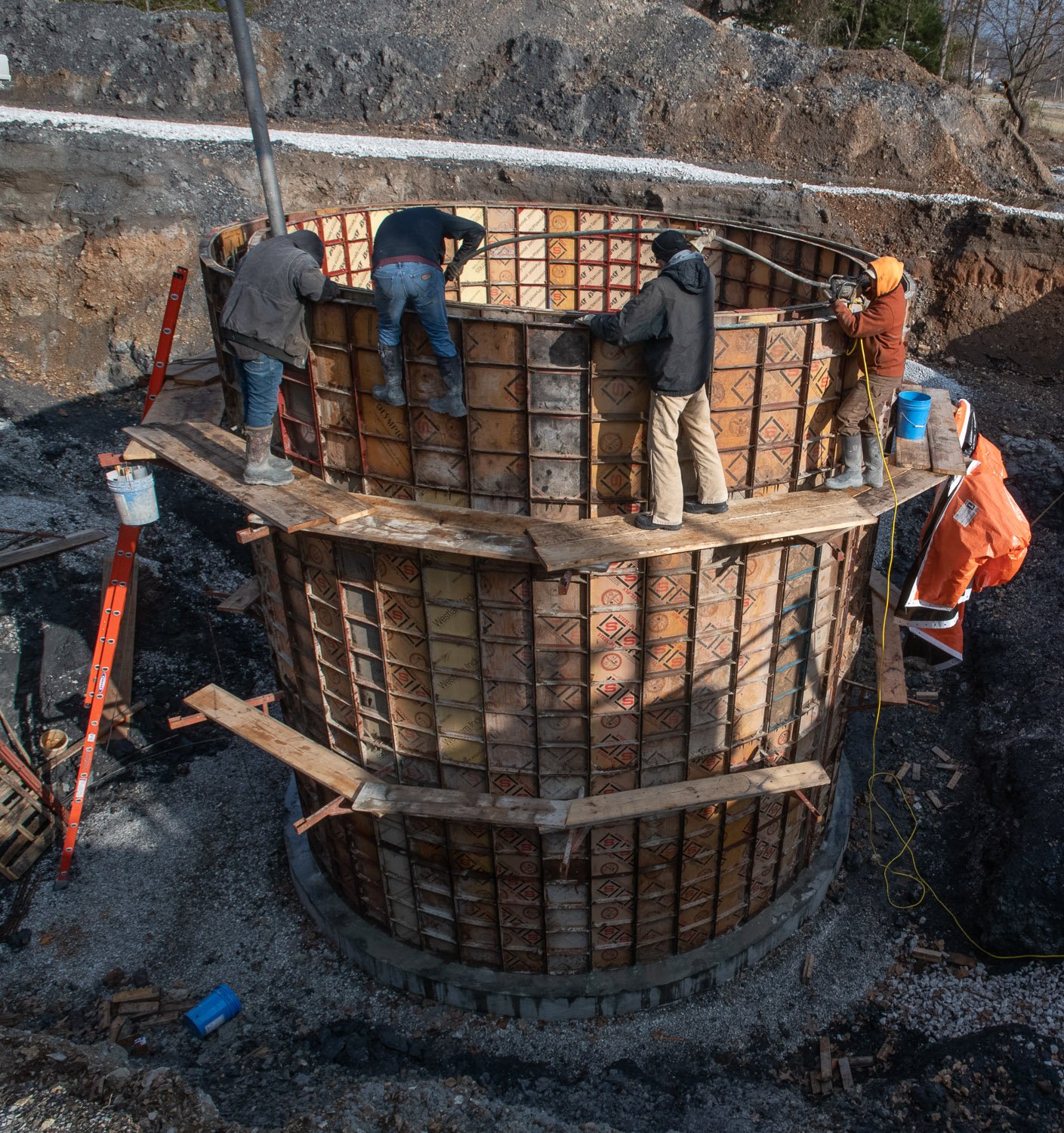
Bob Foos
Oronogo can double in population now that construction of its expanded sewer system is complete.
As Tony Cantrell, public works superintendent puts it, the old system was engineered in the 1990s for a town of 500. Whereas the new system is engineered for a city of 5,000.
Oronogo was at one time the fastest growing city percentage-wise in the state. It grew from 784 in 1999 to 2,784 in 2022 and was still growing.
As one member of the Board of Aldermen stated, “We’re in a pickle,” when the sewer expansion project stalled but housing starts hadn’t.
Voters in 2016 overwhelmingly approved a $2 million U.S. Department of Agriculture bond issue at 3.5% to finance the sewer improvement project, but as of September 2020 it still wasn’t happening. In fact, the board scrapped its initial plan because it was too expensive and hired a different engineering firm to start over again.
Meanwhile, Schuber Mitchell Homes was set to build 700 more homes that would rely on Oronogo’s sewer system.
In May 2022, the board accepted G & G Construction’s bid of $2,737,000 to primarily replace the two under-sized existing lift stations with much larger ones.
In June 2022, the board authorized issuing the $2 million bonds that had been approved in 2016. Additionally, a $1,442,270 lease-purchase loan was taken out to cover the amount exceeding the bond issue and other expenses involved with the project.
Customer user fees will pay off both the bonds and the loan.
Seeing the excavators mobilized to begin construction in September 2022 caused Mayor Charles Wilkins to reflect. “It’s my understanding it’s been 14 years” since planning for the project began, he told board members. “Kudos to this board.”
Besides upgrading the lift stations, the main gravity line flowing to lift station B (the one on the east end of Ivy Road) was increased in size from 8 inches to 12 inches to handle the increased flow from new housing on the east side of the city. And the exisiting 8-inch force-main from lift station A (across from the cemetery on Ivy Road) to the treatment plant was also replaced with 12-inch pipe. Lift station B pumps to lift station A, where all of the city’s sewage is pumped to the Center Creek 201 Wastewater Treatment Center.
G & G Construction has recently completed the project and removed the old lift stations, which were kept online as backups in case there were issues to resolve with their replacements.
“It’s already been nice” managing the new system, says Cantrell, compared to the old one.
The number of times the lift stations start up per day has fallen from 300 to 45. That many starts was wearing out the controls, he says. The more efficient new system should save the city money on its electric bill.
Cantrell points out there is also room for another basin to be added onto lift station B if more capacity is needed in the future.
And the increased capacity of the lift station basins will eliminate the chance of overflows when an excessive amount of storm water enters the system.




The Webb City Sentinel isn’t a newspaper – but it used to be, serving Webb City, Missouri, in print from 1879-2020. This “newspaper” seeks to carry on that tradition as a nonprofit corporation.
© All Rights Reserved 2025
DIY website design by Bob Foos